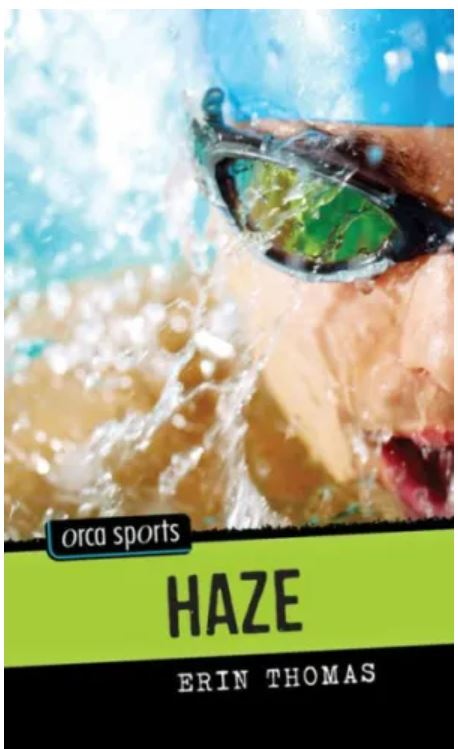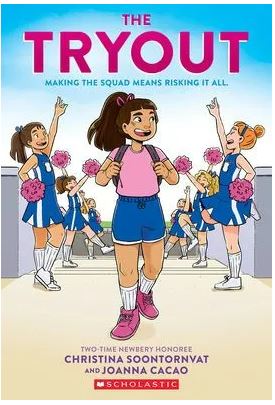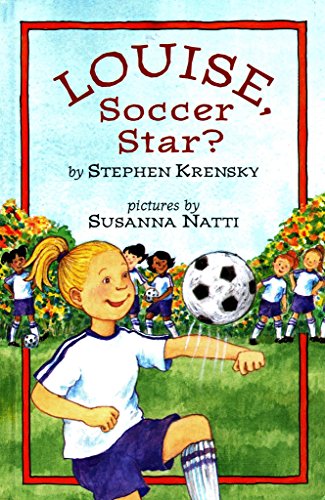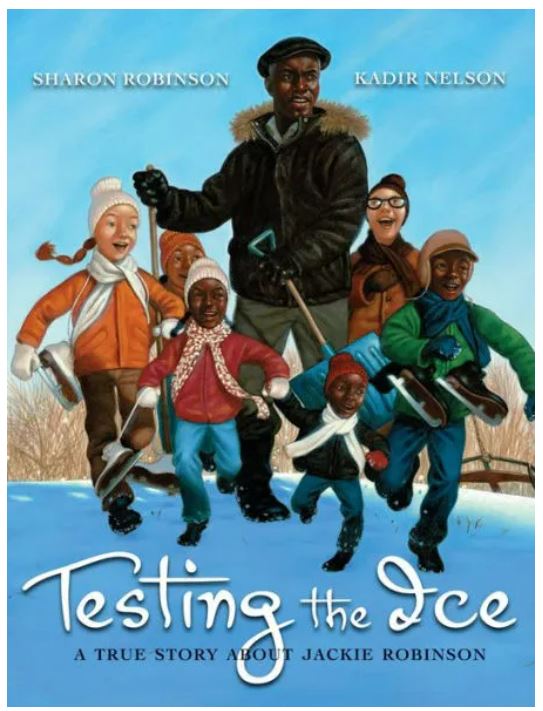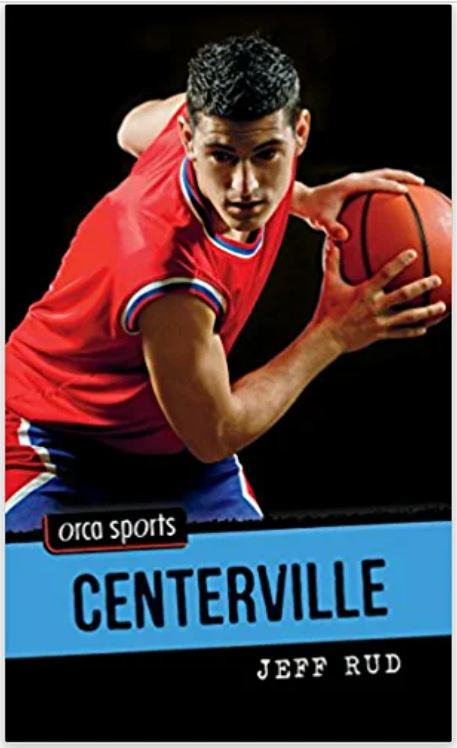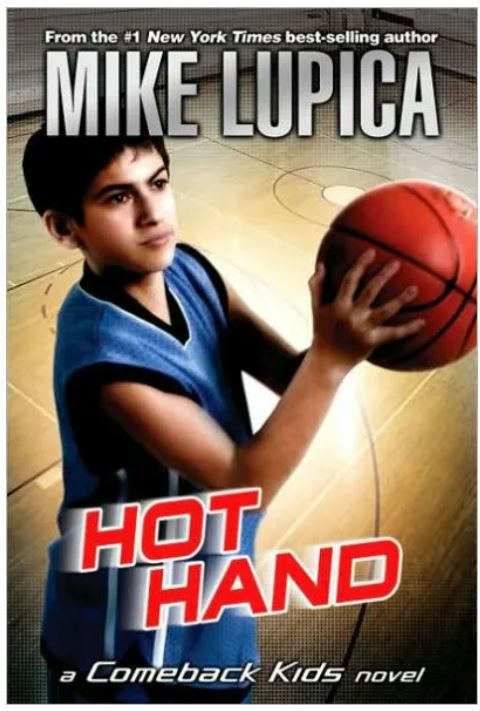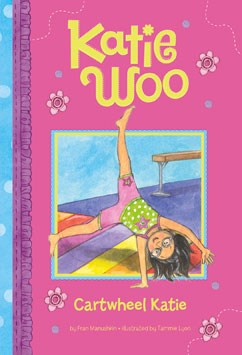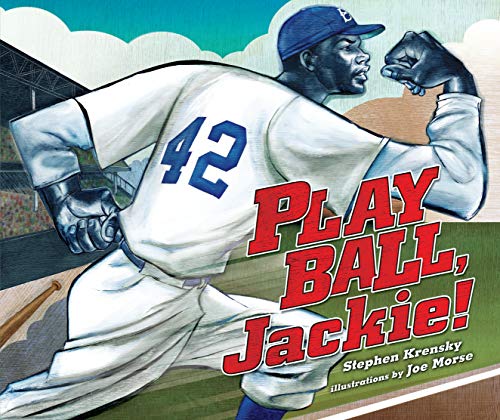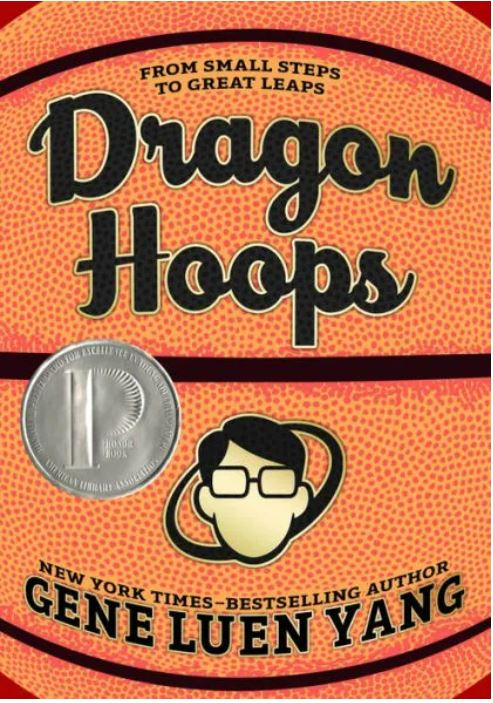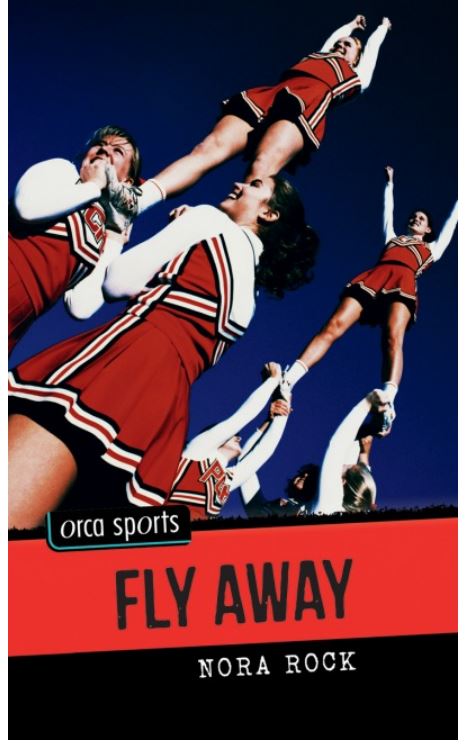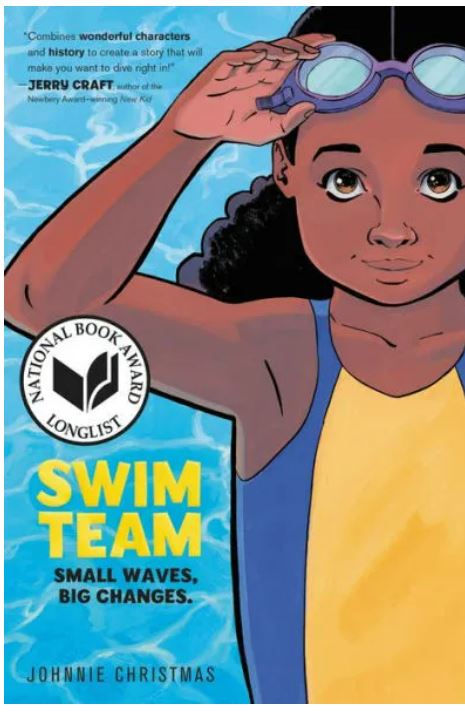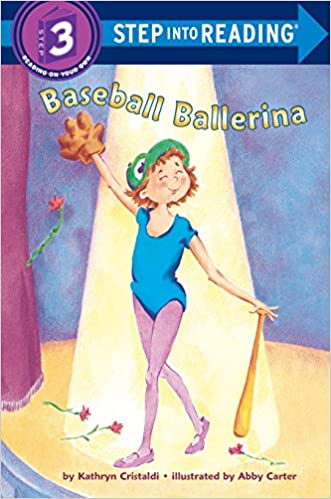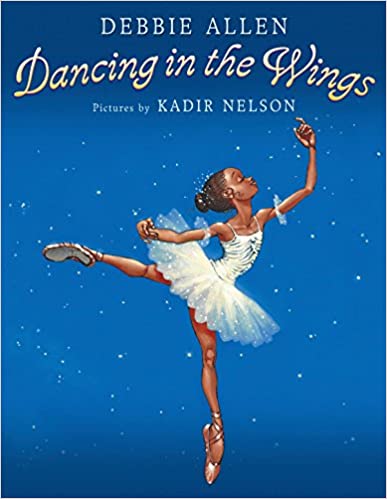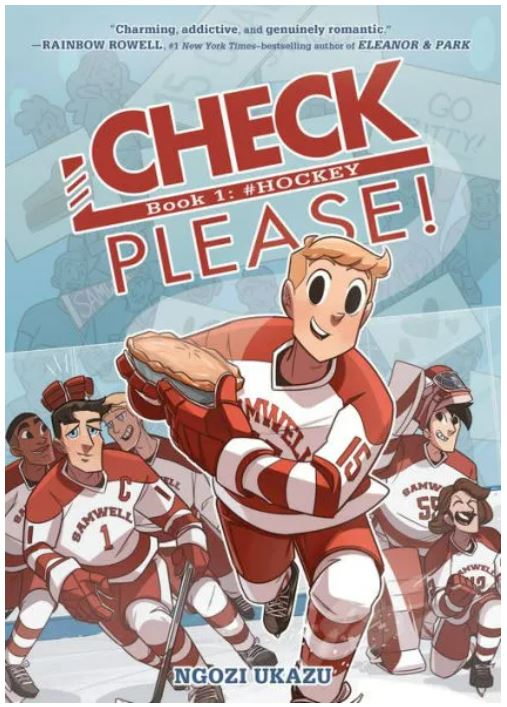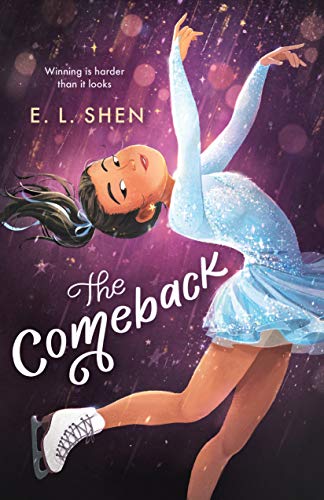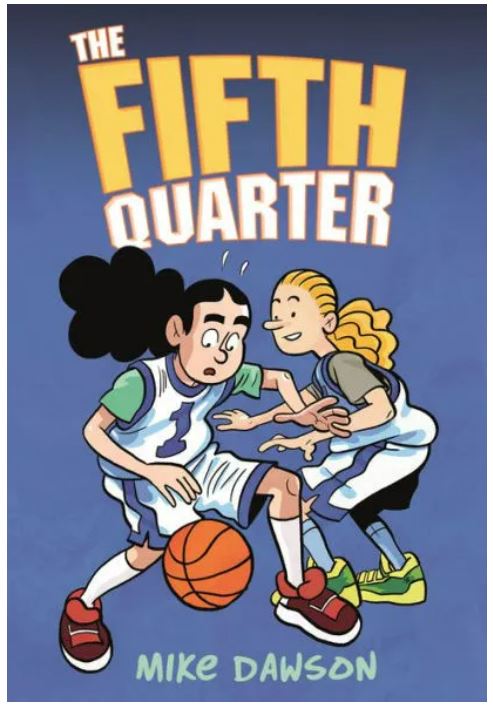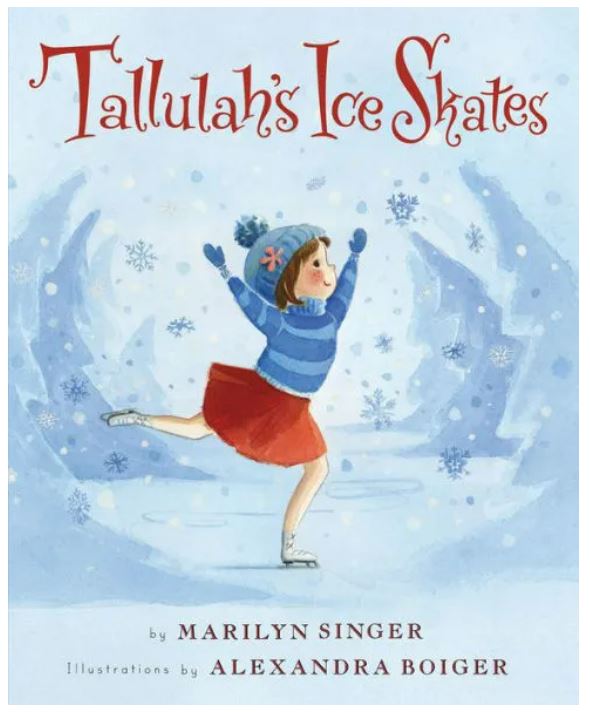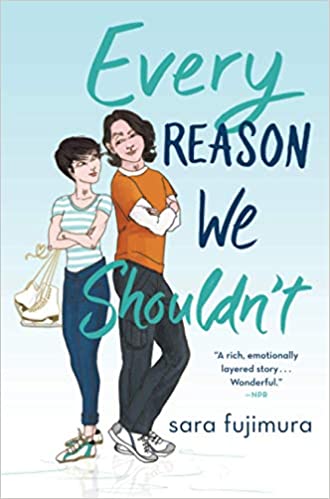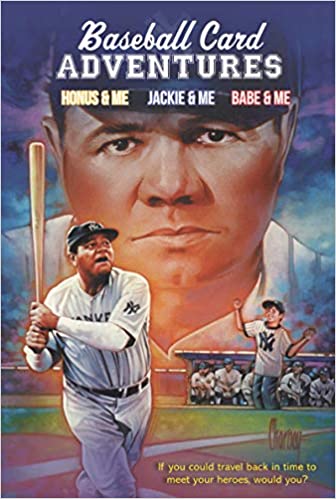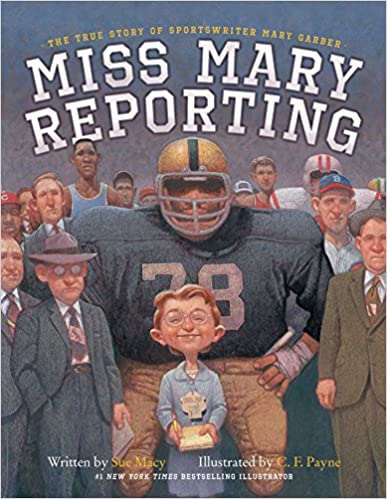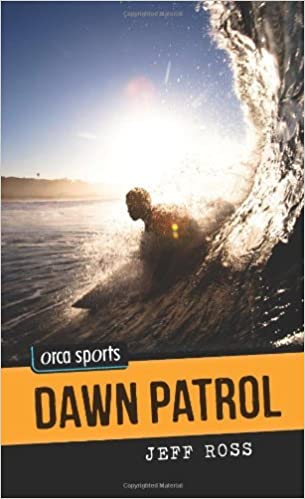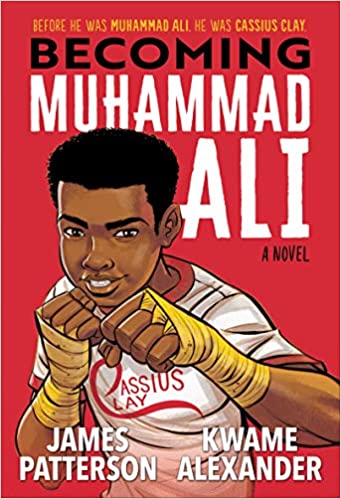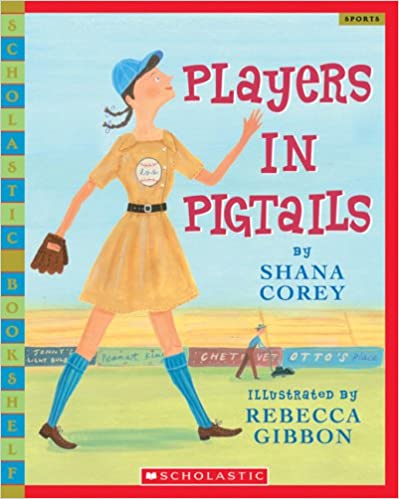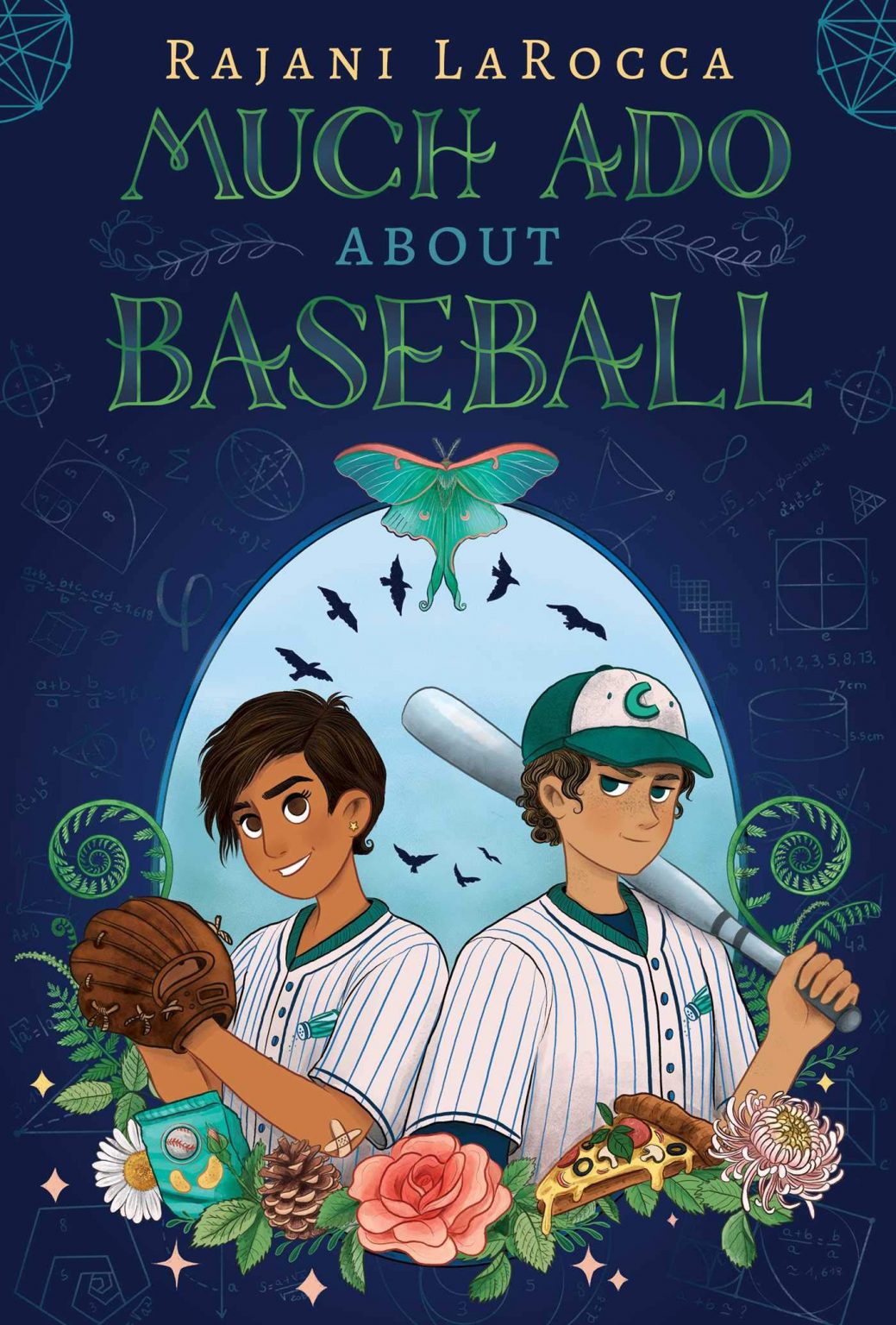Bram’s friend Jeremy wants to go public with information about a hazing-related student death. The morning after he tells Bram this, he’s injured in a hit-and-run accident. Now Jeremy is in a coma, and Bram is trying to follow the trail that he left. The trouble is that Abby, Jeremy’s sister, is convinced that Bram’s swimming coach is to blame. Bram knows Coach is innocent, but can he prove it? And what will happen if he’s wrong?
Told from Bram’s point of view, Haze is a well-rounded swim story that highlights the dangers of hazing. Bram, who is trying out for the swim team, has always looked up to Jeremy. When Jeremy warns Bram to stay away from the swim team’s initiation party, Bram wants to understand Jeremy’s strange warning. But before the two can meet, Jeremy falls victim to a hit-and-run resulting in a coma. As Bram begins to investigate, he finds that the swim team is known for dangerous hazing, excessive drinking, and other inappropriate behavior.
Bram’s story will captivate readers from the start because Bram’s desire to fit in is very relatable. In addition, the story quickly increases the danger and suspense. As Bram tries to piece together the clues surrounding Jeremy’s accident, he discovers that no one can be trusted—not the coach or the members of the swim team. The realistic mystery will keep readers guessing until the very end.
As part of the Orca Sports collection, Haze is a fast-paced story that uses easy-to-read language that will appeal to reluctant readers. The high interest topic and the well-written story will entertain most teens. Plus, Bram’s story reminds readers of the dangers of excessive drinking and shows how hazing can quickly become dangerous. While the story revolves around the swim team, the mystery, and suspense will captivate non-athletic readers as well. If you’re part of a swim team and want more swim-related stories, these books are sure to make a splash: Whale Talk by Chris Crutcher and Breath Like Water by Anna Jarzab.
Sexual Content
- Bram and his ex-girlfriend, Abby, are at a party. She tells him that they should go into a room. Teasingly, Abby says, “Relax. I’ll leave your virtue intact. It is still intact, isn’t it?”
- To get into her brother’s computer, Abby takes it to another student who says, “I warn you. If he has protected files, there’s a ninety-five percent chance they’re porn.”
Violence
- The swim team is known for hazing new teammates. The new teammates are called “pond scum” and forced to wear diapers while swimming. Another time, they had to walk across campus in their Speedos.
- Jeremy is hit by a car. Later, it is revealed that the driver was trying to kill Jeremy. Jeremy is in a coma for several days before he wakes up.
- Someone locks Bram in the sauna. In order to escape, Bram slams his body “against the door. My left cheekbone smashed the window frame, and my arm hung through the broken window. . . Deep cuts burned along my arm. Blood welled up, then started to pour from a gouge along the inside of my forearm.” Coach finds Bram and takes him to the hospital.
- In order to silence Bram, two of the swim team members and an adult put Bram in the trunk of a car. The adult “had a handgun pointed” at Bram.
- Bram is taken to a boat and a swim team member, Steven, “grabbed my arm and yanked. I fell into the boat face-first, landing half on the floor and half on the rear-facing seats.” Bram is hidden in the boat’s crawl space and, later, Abby is thrown in with Bram. As the boat goes out to sea, Bram and Abby are able to jump into the ocean and swim to shore. Both are hospitalized but recover.
Drugs and Alcohol
- Three years ago, after a swim team party, one of the boys “choked on his own vomit and died.”
- Bram goes to an off-campus party. When he walks inside, the air is “ripe with beer.” Bram finds a group of swimmers taking shots.
- Bram finds a picture of a swim party where the coach was “holding up some kind of a large funnel. Marcus was drinking out of it while Coach poured beer in the top. . . And later that night, Marcus died of alcohol poisoning.”
Language
- The new members of the swim team are referred to as “pond scum.”
- Pissed is used infrequently.
- Damn and hell are both used a few times.
- Bastard is used twice. For example, while talking about Jeremy’s accident, the coach says, “If I ever get my hands on the bastard who did this. . .”
- The coach uses Jesus as an exclamation once.
Supernatural
- None
Spiritual Content
- None
